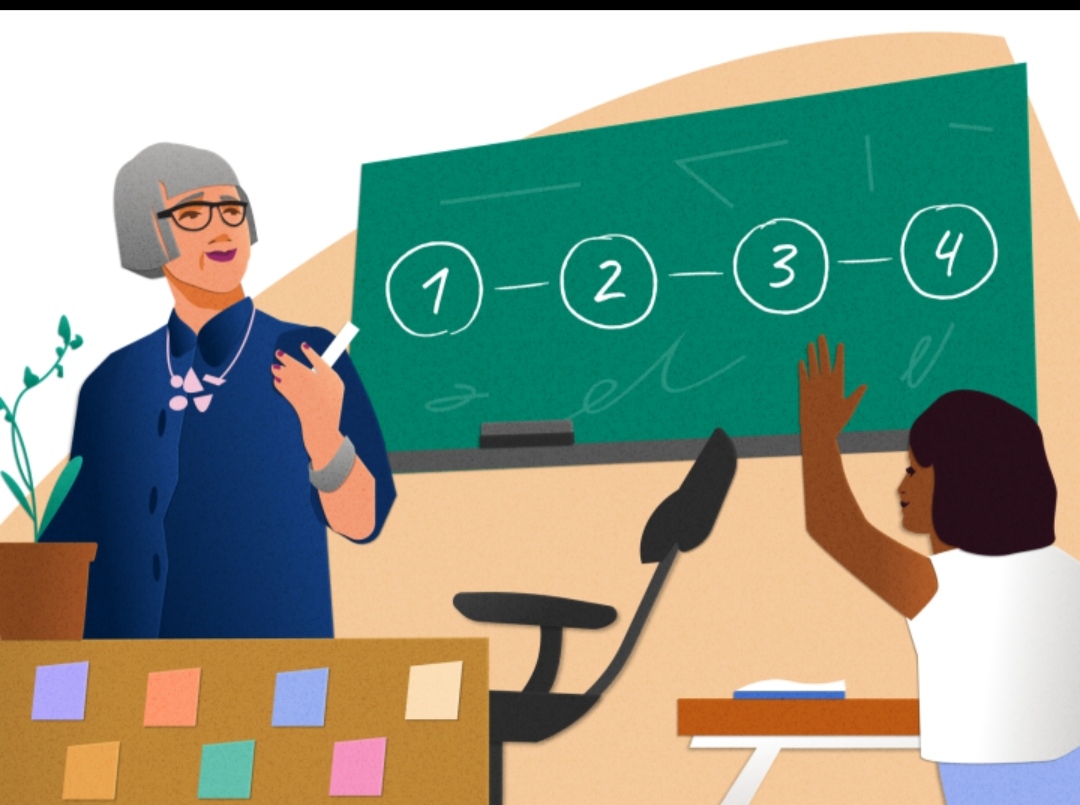The role of an educator includes helping students learn and retain new information. That can be a challenge since every student has a unique approach to learning. Teachers who understand and acknowledge different ways of learning can help their students reach their academic potential. In this article, we discuss different learning styles and explore ways for educators to meet those needs in a teaching environment.
What are learning styles?
Learning styles are the mental processes that students unconsciously use to learn and retain knowledge. Different styles require different teaching methods. Best practices for teachers include adjusting lessons to unique groups of students, catering to each student’s strengths to ensure they truly grasp the information.
The theory of learning styles was first introduced by Neil Fleming in 1992. The four main types of learning styles became known as the VARKmodel. It represents visual, auditory, reading/writing and kinesthetic learners. Three other styles—logical, social and solitary—are less dominant but are growing in recognition.
main types of learning styles
Learning styles and preferences take on a variety of forms and not all students fit in one category. Here are the most common types of learners and suggestions to accommodate them:
1. Visual learners
Students with a visual—or “spatial”—learning style tend to learn best by seeing and observing things, including pictures, diagrams, written directions and more. They understand information better when it’s presented visually rather than in words. This includes designs, whitespace, patterns, shapes and different formats used to highlight and convey information. However, they usually don’t respond well to photos, movies, videos or PowerPoint presentations.
Teaching style
You may let visual learners draw pictures, examples and diagrams on a whiteboard or smartboard based on the topic you’re teaching. You can also include handouts, flashcards and presentations in your teaching strategies. Allow these students time to process material and observe visual cues.
2. Auditory learners
Auditory—or “aural”—learners tend to learn best when the subject matter is reinforced by sound. They prefer listening to lectures over reading notes or books. These learners enjoy reading out loud or verbally explaining new concepts and ideas. However, they may be slower at reading and often repeat what you tell them.
Teaching style
Asking auditory learners questions and getting them involved in the lecture. Auditory learners may find it difficult to stay quiet during lessons. Get them involved in the lecture, ask them questions and verbalize their ideas. Group discussions, mobile devices, web chats, email and videos are good ways to engage auditory and visual learners.




